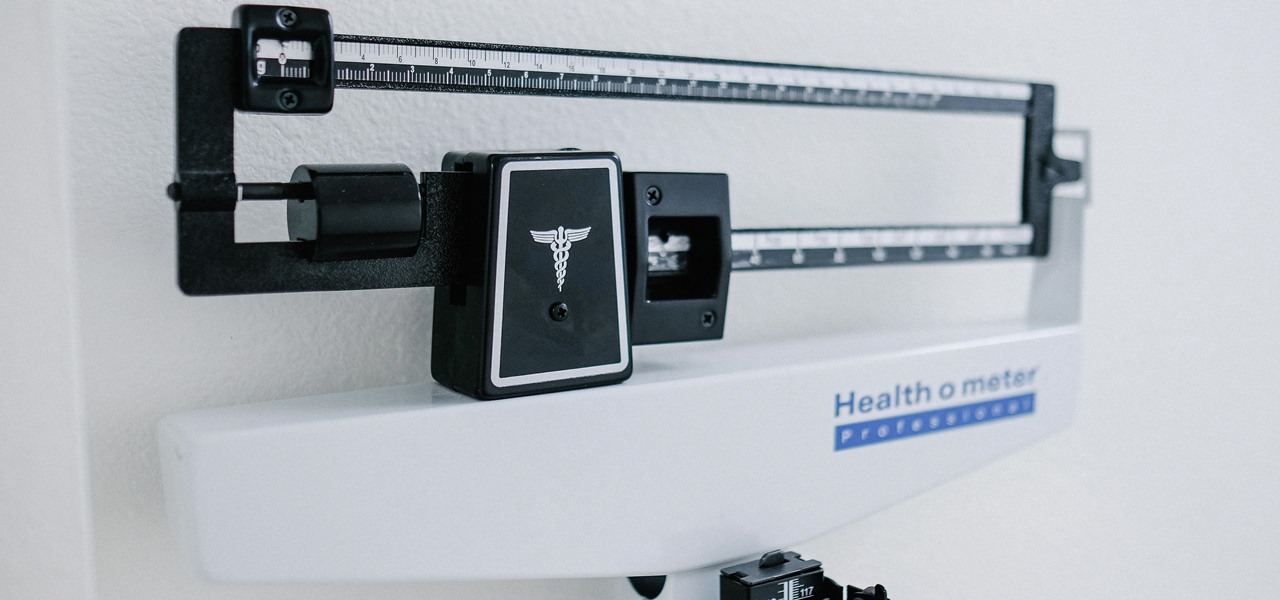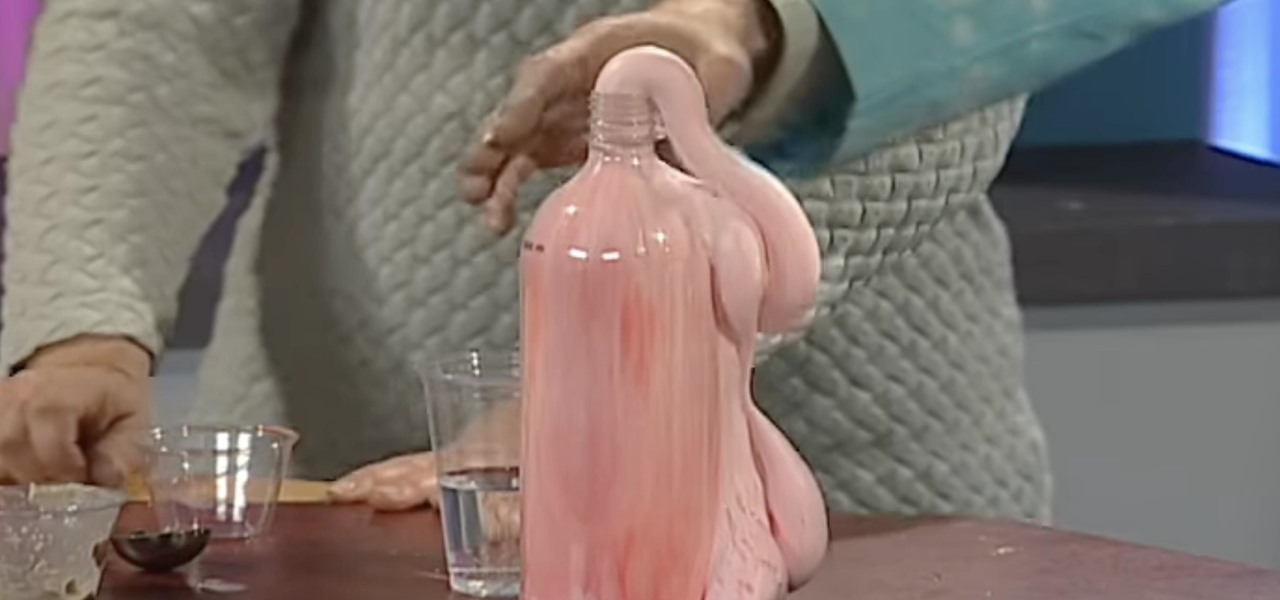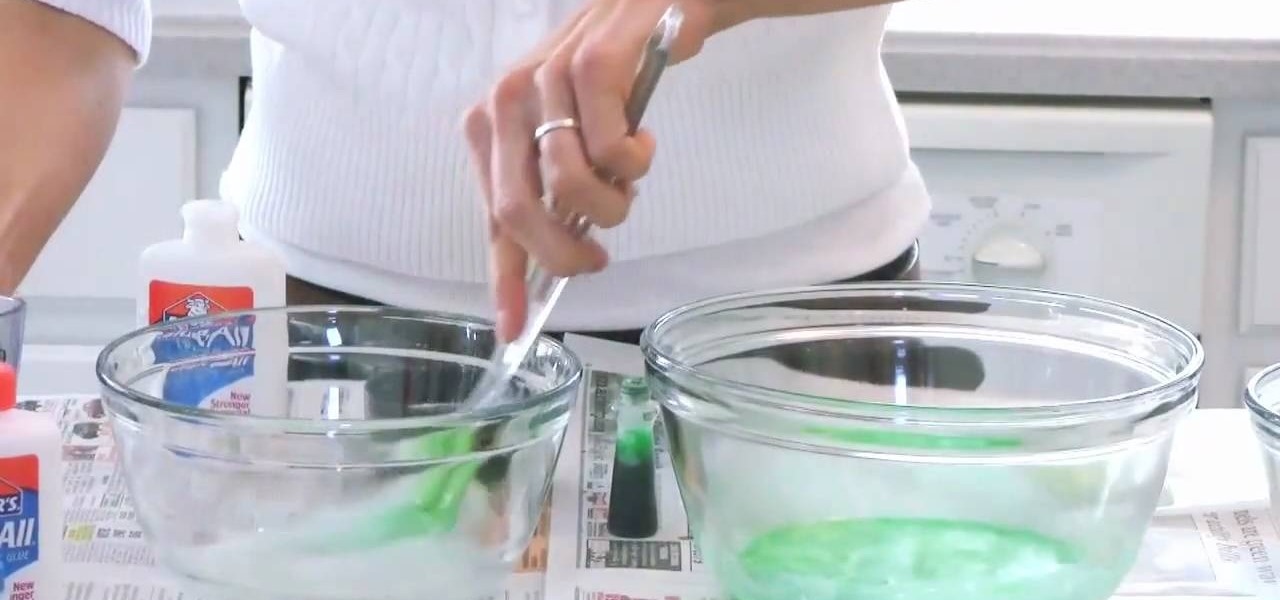Hot Science Experiments Posts


How To: Show the effect of atmospheric pressure
This video shows an updating of the famous Magdeburg experiment carried out by Otto von Guericke in 1654 using two metallic hemispheres to show the effects of atmospheric pressure - try it for yourself!
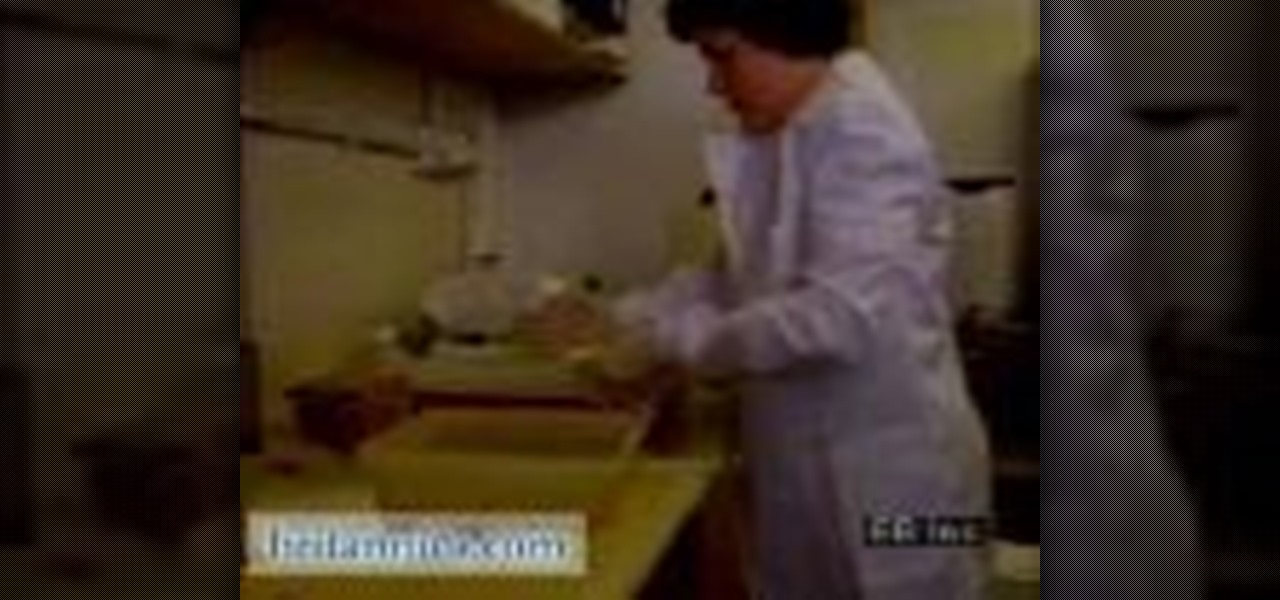
How To: Obtain a genetic fingerprint
In these times of identity theft, terrorism, and the TV criminology craze, learn just how genetic fingerprinting occurs.

How To: Make psychedelic milk with highlighters
For a little psychedelic experience, check out this how-to video. What happens when you mix Highlighter ink with milk? How about adding some dish soap and a black light? Trippy man! Watch this video tutorial and learn how to make colorful milk. Make psychedelic milk with highlighters.

How To: Make a kaleidoscope
In this series, Elliott Kwong tells you how to build your very own kaleidoscope using such basic items as pvc pipe, a mirror and a Petri dish. Elliott Kwong talks you through each easy step, from cutting the pipe to breaking the mirror to creating the scene in the Petri dish that will be reflected, inverted and twirled as you look down the pipe for your very own homegrown psychedelic experience.

How To: Get tips and techniques for flintknapping
In this video series you'll see expert flintknapper John Olsen demonstrate how to take an obsidian stone and turn it into a knife blade. He uses "percussion" flaking to chip off large flakes of rock, and "pressure" flaking to more carefully reduce and sharpen the blade.
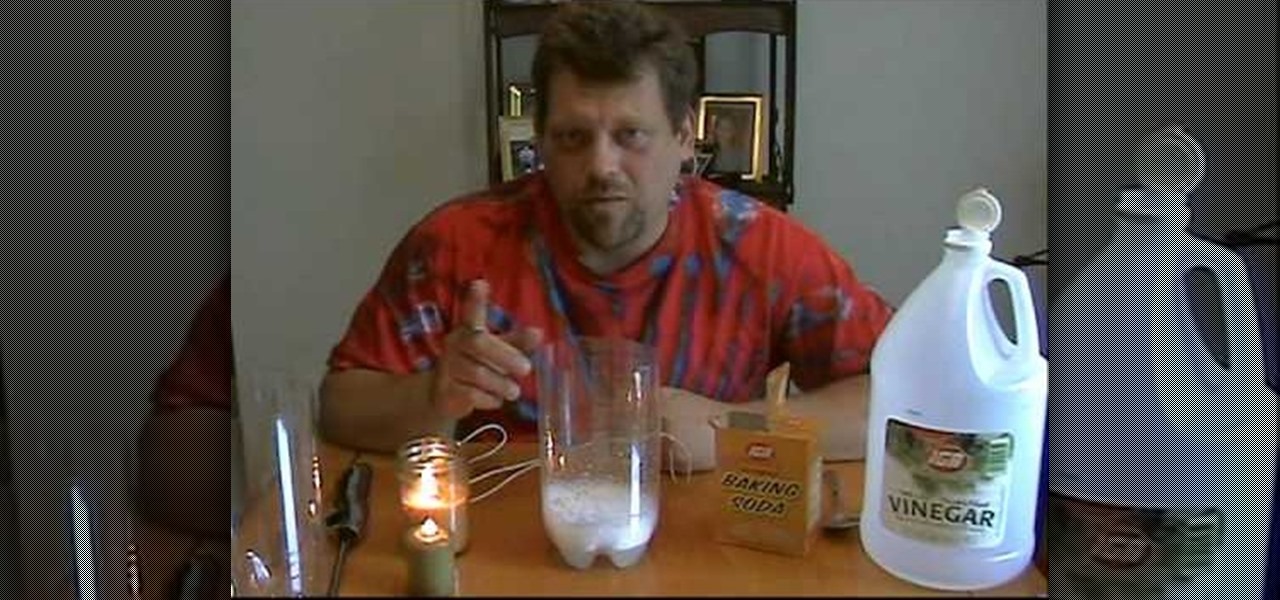
How To: Experiment with carbon dioxide gas
Mr. G plays with chemicals and fire (what a surprise), for a really cool demonstration. An experiment you'll want to try, and probably can try immediately, as all materials (vinegar and baking soda) are likely in your house already. Exothermic reaction and gas displacement at its best!

How To: Make a ball float in the air
This video demonstrates Bernoulli's Principle which states that, “For an ideal fluid (low speed air is a good approximation), with no work being performed on the fluid, an increase in velocity occurs simultaneously with decrease in pressure or a change in the fluid's gravitational potential energy..
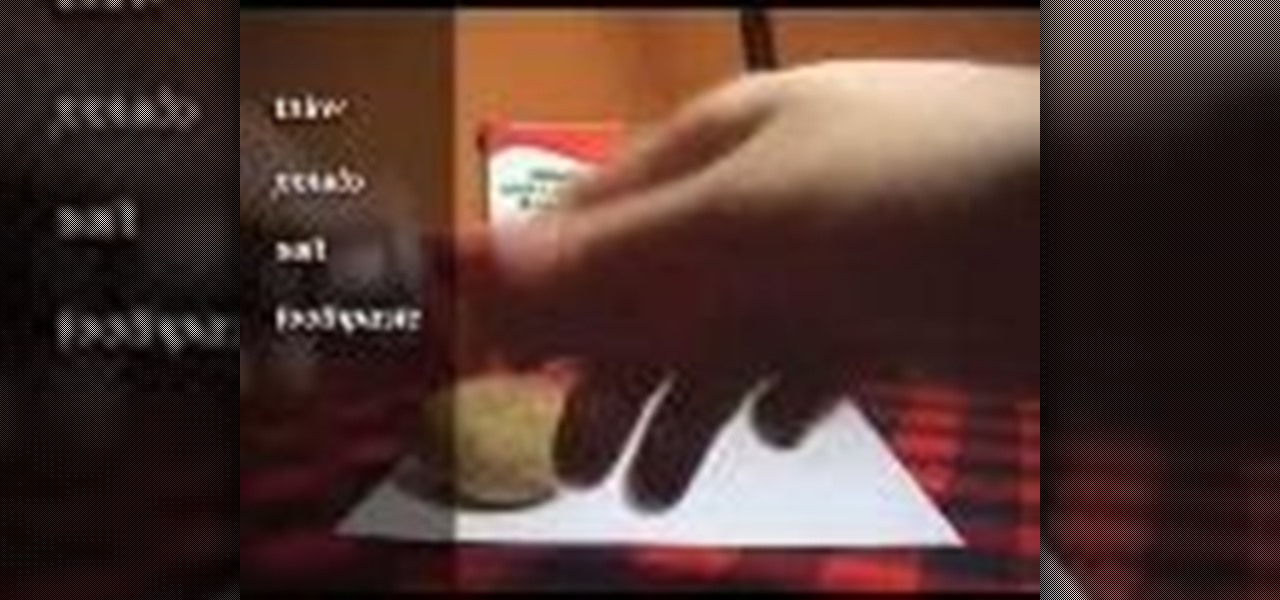
How To: Make fire from potatoes, salt and toothpaste (FAKE?)
F for FAKE. This video has been labeled a "Faux-To". Commonly contested as bogus science, we believe this video to be a hoax. What's your opinion? Comment below.

How To: Understand invisible forces
Anyone that has ridden in a car knows that when the driver speeds up quickly, you are pressed back into your seat, and that when the driver brakes quickly, you are pushed forwards. But what would you think if the force that pushes you backwards was pushing something else forward at the same time?

How To: Make green colored fire flame special effects
You've seen them at Disneyland's Fantasia. And in big budget movies like "Waterworld" and "Lord of the Rings." Spectacular, glowing fire effects that seem to ripple with the wind are a staple of action movies, and though it may seem like you need a super good video editing team to create such light shows, all you really need is some household chemicals.

How To: Calculate windmill power
After you construct a model of a windmill this video will explain how to calculate the power output of the model in watts.

How To: Avoid invasive fingerprinting techniques
Ordinary invasive fingerprinting techniques, such as dusting, are prone to damaging evidence. Micro-X-ray fluorescence images fingerprints without touching them. By stimulating atoms to emit signature wavelengths of light, MXRF also provides chemical information -- such as traces of soil or saliva left in the fingerprints -- in addition to the print pattern itself. Avoid invasive fingerprinting techniques.

How To: Learn why cereals go snap, crackle and pop
Food scientists have discovered why Rice Krispies make their characteristic sound when soaked in milk. The cereal contains sugar and is cooked at high temperature, which makes the sugar form crystals and creates air-filled cavities. When a Krispie absorbs milk, the capillary forces push the air to shatter the cavities' walls -- and make a noise. Learn why cereals go snap, crackle and pop.
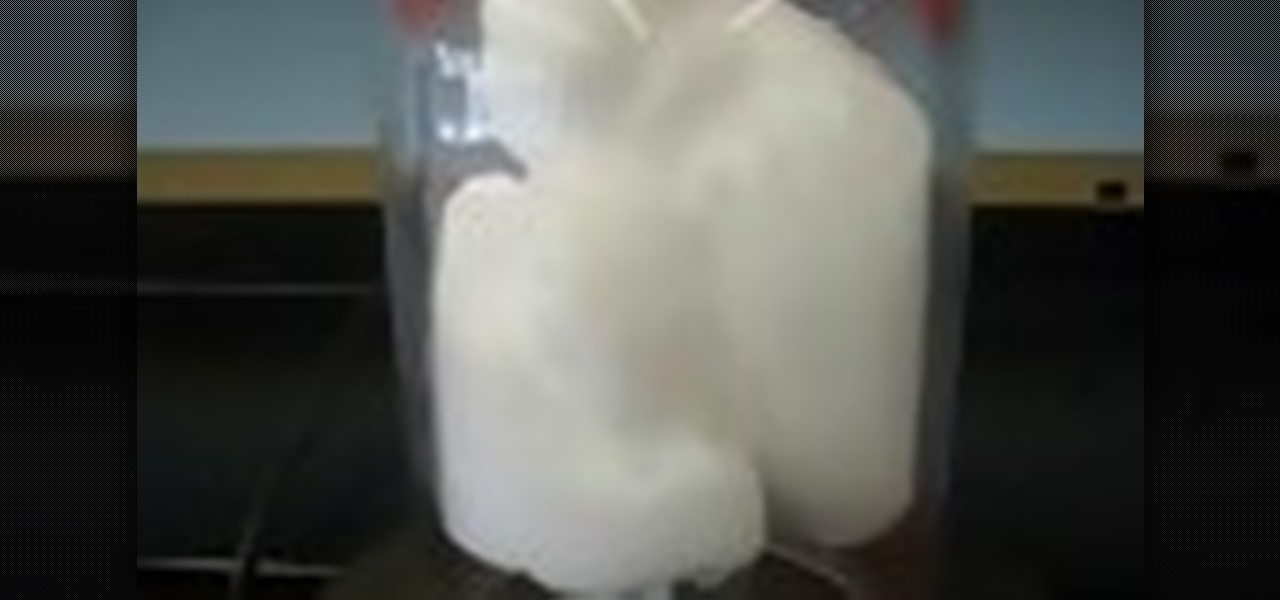
How To: Make shaving cream expand 4 times its size and boom!
Back when we took chemistry, most of what we read and learn went in one ear and out the other. If only we had a cool experiment like this one to perk up our pubescent ADD.

How To: Make a non Newtonian fluid
A non-Newtonian fluid is a fluid in which the viscosity changes with the applied strain rate. As a result, non-Newtonian fluids may not have a well-defined viscosity.
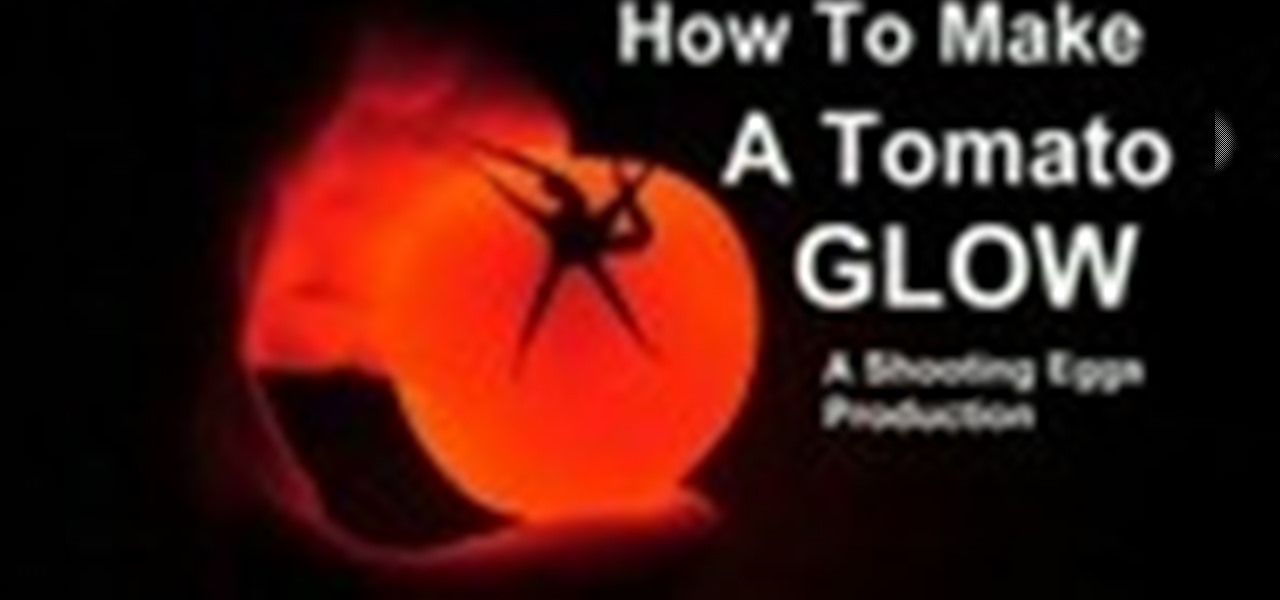
How To: Make a tomato glow in the dark (FAKE?)
F for FAKE. This video has been labeled a "Faux-To". Commonly contested as bogus science, we believe this video to be a hoax. What's your opinion? Comment below.

How To: Make a light board
Looking for a great idea for a science project? In this video series you'll learn how to build a battery-run light board which can test the electrical conductivity of various objects. You can find these supplies easily at your local hardware store.
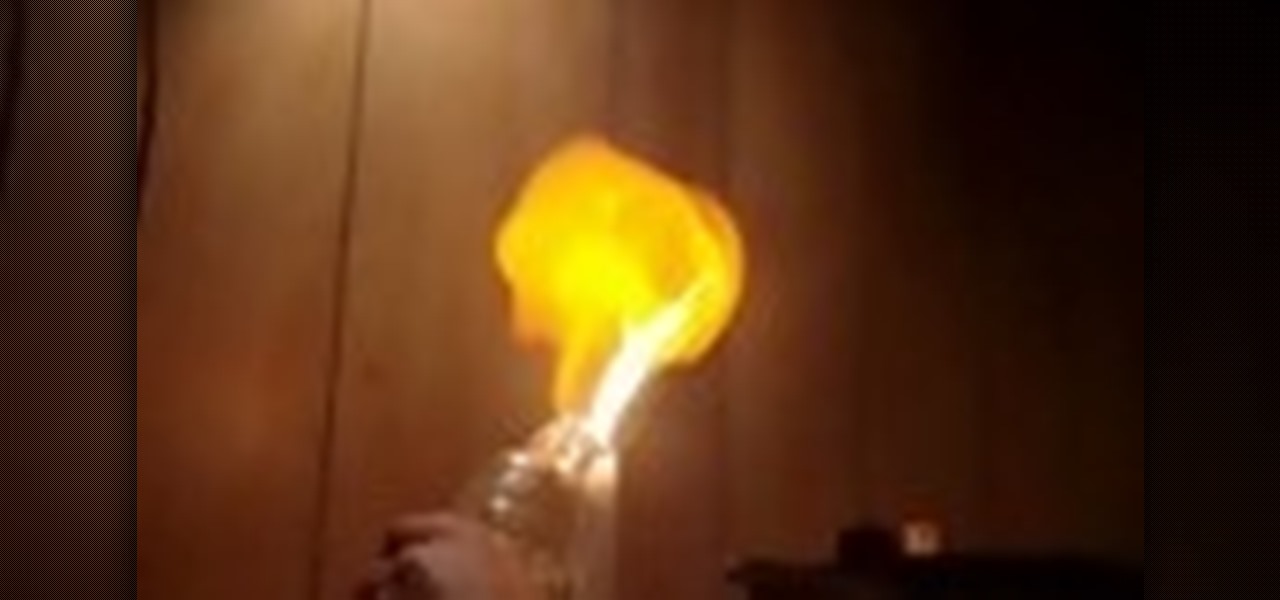
How To: Perform electrolysis
Learn how to use electrolysis - the passing of an electric current through water - to get pure hydrogen and oxygen out of water.
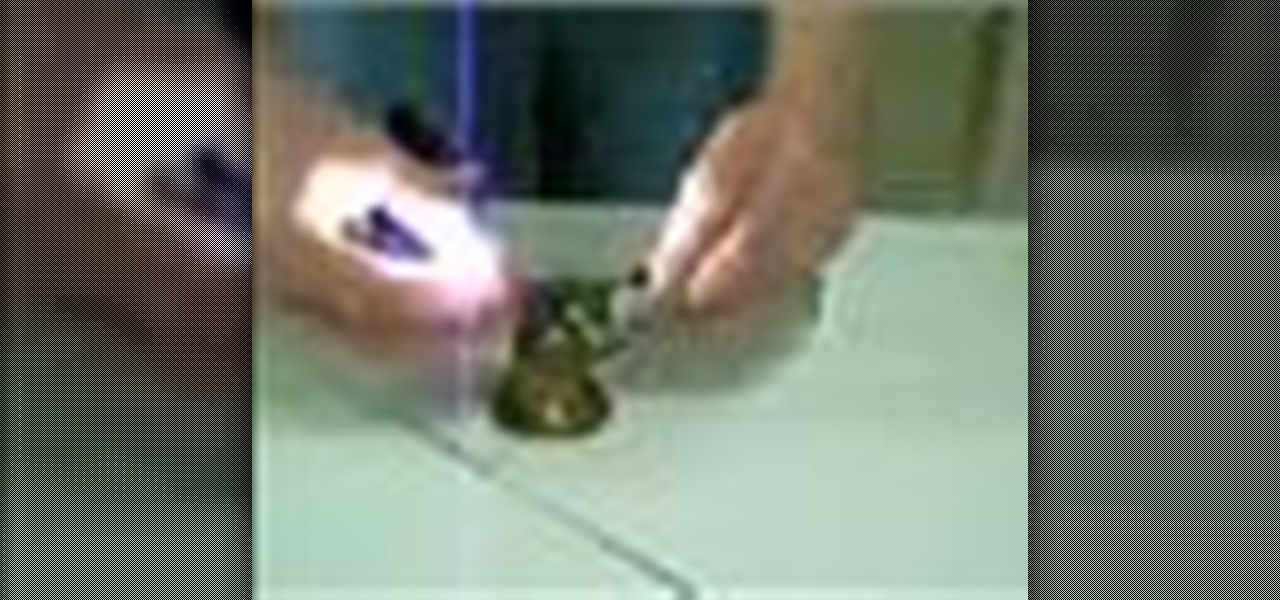
How To: Test the conductivity of metal
This tutorial tests the conductivity of metal. This is a simple science experiments that children will enjoy. They can test many objects in the home. This is play and learning combined.
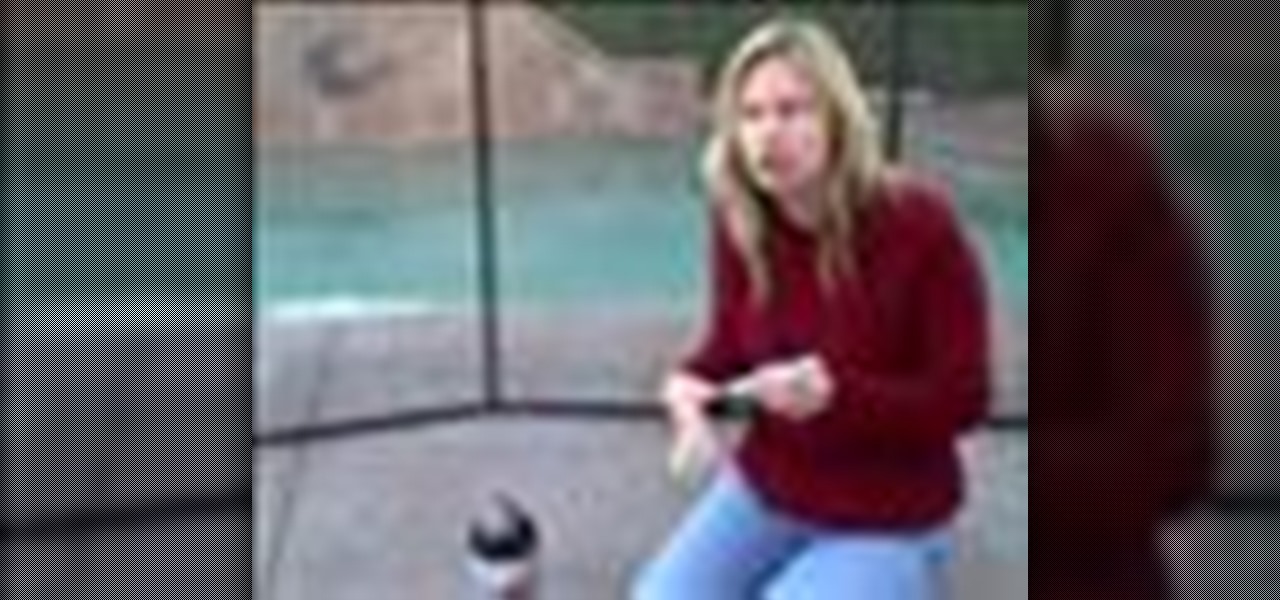
How To: Do the diet coke and mentos for preschoolers
This video is for preschoolers to learn how to do the Diet Coke and Mentos experiment. See how you can involve preschoolers with this cool science experience. If you do not have the resources to do this science experiment live you can watch the Cullen's abc's interactive video for preschoolers titled: "Diet Coke + Mentos for Preschoolers"
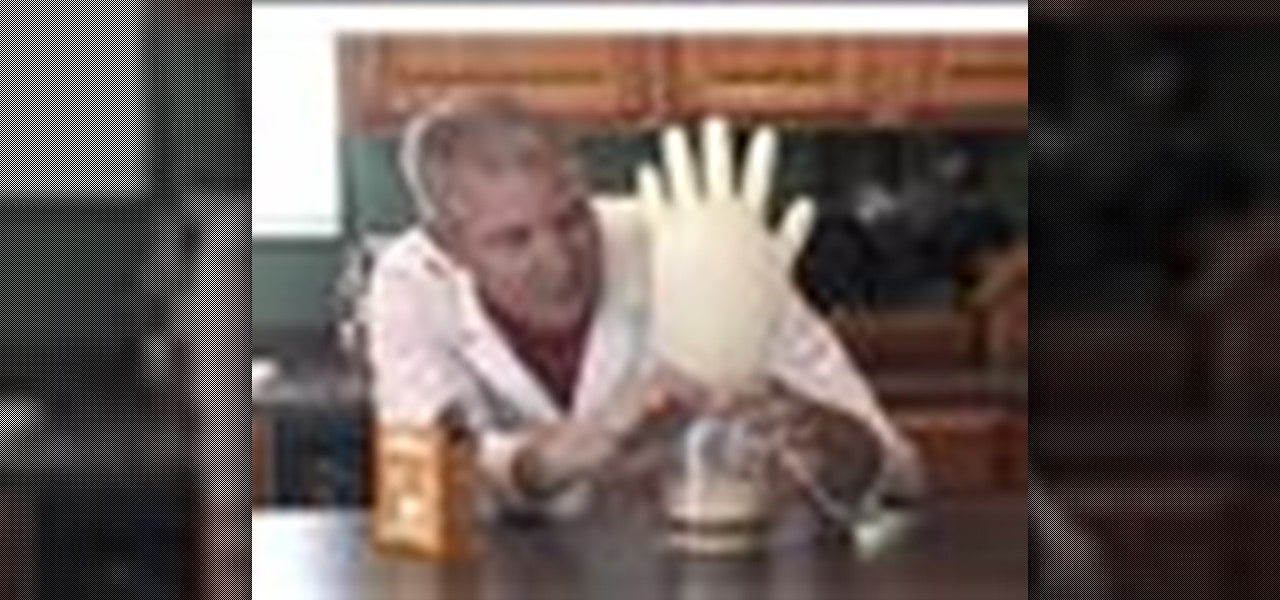
How To: Experiment with acedic acid and sodium bicarbonate
Science experiment with acetic acid and sodium bicarbonate (baking soda and vinegar) giving off carbon dioxide and other gases. You will need vinegar, baking soda, a jar and a latex glove. Experiment with acedic acid and sodium bicarbonate.

How To: Make oobleck
Obleck is a mixture that defies Newton's third law and kids will love it! Ingredients you will need are 1.5 cups of corn starch, 1 cup of water, and food coloring which is optional. After mixing, if the mixture is too thick, add more water. If the mixture is too runny, add more corn starch.

How To: Make a magic cabbage
Use red cabbage to determine the pH of different common household items. Great experiment for kids. Begin by cutting up a red cabbage. Put in a blender and blend it. Put in a coffee maker and turn it on. After all has come through, turn off the coffee maker and let it cool. Now test it and determine the pH of different household items.

How To: Do the diet coke and mentos experiment
What happens when you combine 200 liters of Diet Coke and over 500 Mentos mints? It's amazing and completely insane. The first part of this video demonstrates a simple geyser, and the second part shows just how extreme it can get. Over one hundred jets of soda fly into the air in less than three minutes. Do the diet coke and mentos experiment.

How To: Design a sundial
Designing a sundial for the top of the earth, the North Pole, is easy. Move to another latitude and it becomes more difficult. This video looks at the issues around sundials and latitudes.

How To: Set your sundial
This video explains how to set your sundial to the correct time. Check the time and follow the instructions on the video. As the earth turns you will be able to see how the shadow progresses.

How To: Understand potential and kinetic energy in trebuchets
This video explains the science behind a trebuchet. The trebuchet is a medieval machine designed to throw objects at or into castles. This video explains that the gravitational potential energy stored in the raised counterweight is converted into kinetic energy in the projectile. Trebuchets make excellent science fair projects.
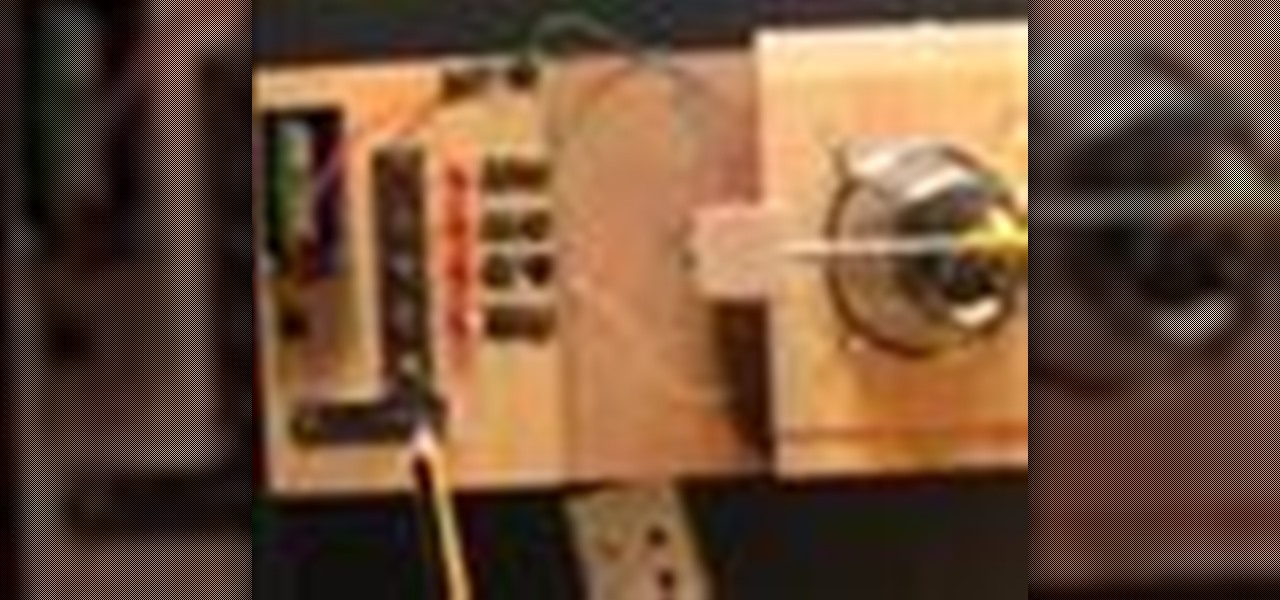
How To: Understand an electronic weathervane
This simple weather instrument is an example of electronic instrumentation, it uses a swinging pendulum conductor and four LEDs to indicate wind direction. This simple, but sophisticated, device is suitable as a science fair project or as a project in the grades 6/7/8 technology program of a school.

How To: Understand simple machines and mechanical advantage
This video uses working simple machines to demonstrate how to calculate mechanical advantage. Suitable for any school program involving simple machines. Demonstrates pulley systems including a chain block.
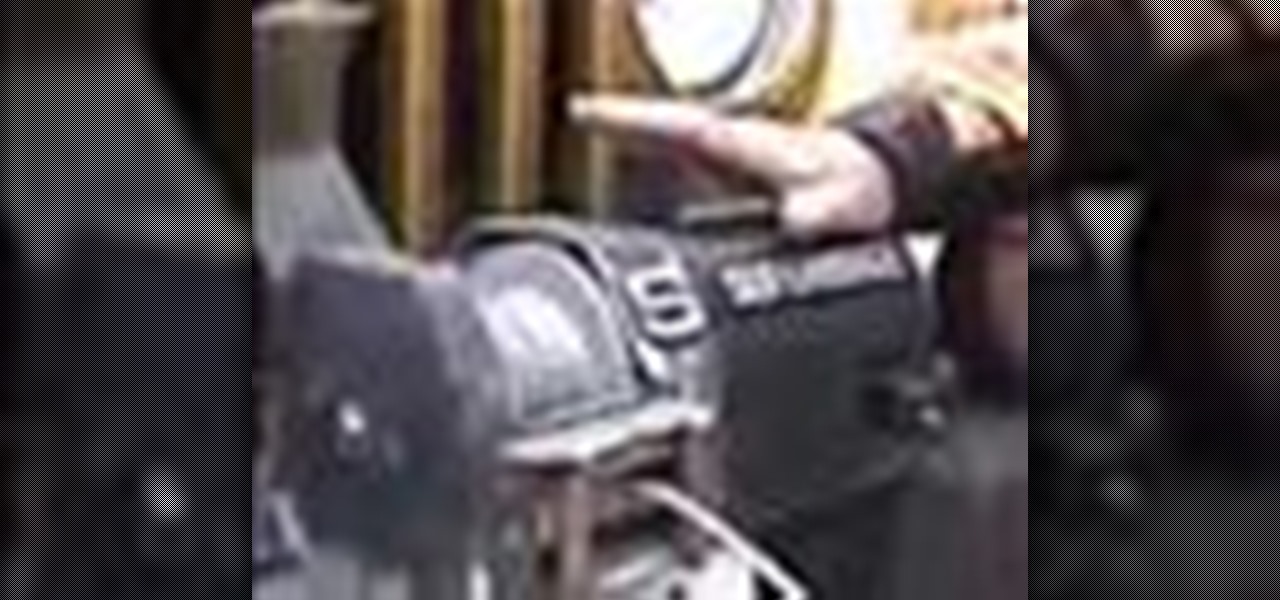
How To: Understand winches, pulleys and jeeps
Pulleys are simple machines. A knowledge of pulleys can be very useful. This short video shows how to use a pulley to increase the pulling power of a winch. Supports the Force, Work and Energy component of any science curriculum.

How To: Understand arches
An arch is a structure commonly used in bridges and buildings. This video presents examples of the arch as a structural unit and introduces the concepts of compression and tension. Provides support for the structures and mechanism unit of grade 6 to 8 science programs. Understand arches.

How To: Construct a model of a geodesic dome
This video explains how to construct a model of a geodesic dome from paper and shows how to draw triangles with a compass and straight edge. Construct a model of a geodesic dome.

How To: Understand batteries and how they work
This video explains electricity as the flow of atomic particles called electrons. Animations demonstrate electron flow. Batteries are described as chemical devices designed to create electron flow. Terms covered in video include Volts, current and Amperes

How To: Build an electromagnet
This video demonstrates the relationship between electricity and magnetism and shows how to construct an electromagnet using a 4 inch iron nail, 5 meters of copper wire and a 1.5 volt AA battery. Electromagnetism was discovered by the Danish scientist Oersted. Electromagnetism is the science behind electric motors, solenoids, speakers and electromagnets.

How To: Understand the life cycles of a bee
The life cycle of a honey bee is presented as an example of complete metamorphosis, the development of an insect from egg to larva, then pupa, then adult. Moths, butterflies and wasps also develop with complete metamorphosis. Some aspects of beekeeping are also discussed. A resource for teaching the life cycle of insects. Understand the life cycles of a bee.

How To: Make a lamp out of lime
See how heating a chunk of quick lime can create a superbright spotlight or flash. This is great as a filming trick or for your at home movie set.

How To: Make liquid cornstarch
Watch this video until the very end because the last effect is the most spectacular. The video is in real time, meaning it is not played faster. The liquid is in a bowl and being vibrated, it should behave like a normal liquid but instead it performs like some sort of alien sci-fi substance. Make liquid cornstarch.

How To: Have fun with acid
This video will show you something neat you can do with some easy to obtain acid, and it is a great science project. Have fun with acid.

How To: Carbonate water aesily and for little money
Have you ever wanted to make your own carbonated beverages such as soda and carbonated water?t costs very little and can be made with stuff found around the house. It's great for making homemade sodas, seltzer water, and even re-carbonating flat beverages. Carbonate water aesily and for little money.

How To: Make your own lightning globe
This instructional video will show you how to make one of those cool lightning globes with about $5.00 worth of parts.WARNING This makes use of some very high voltage. It could be potentially lethal, especially if you are standing in a puddle of water. Watch this video tutorial and learn how to build a lightning globe.



